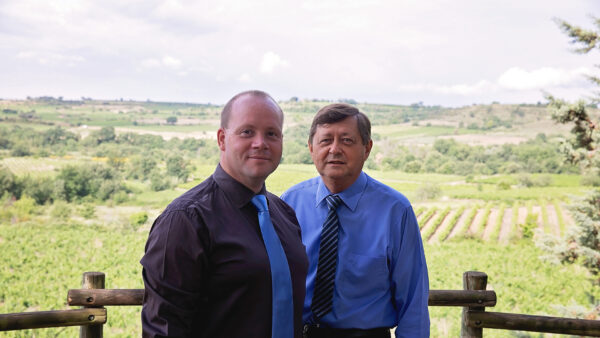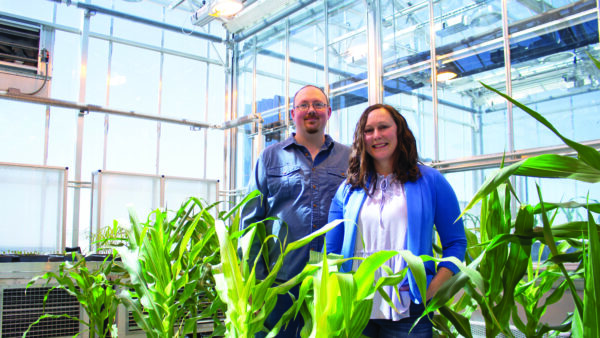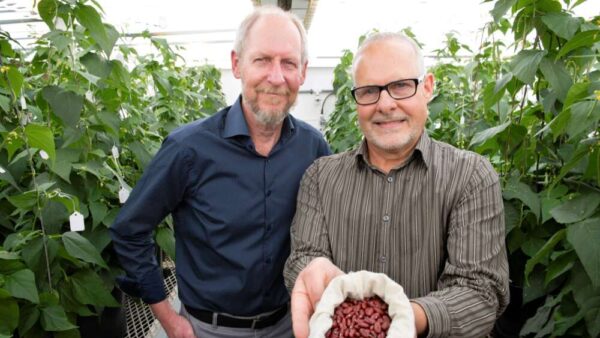Syngenta’s acquisition by ChemChina has been an emotional process marked by regulatory hurdles, but company insiders say Syngenta will be better and stronger as a result.
For Paul Minehart, April 30, 2015 was the day consolidation in the agriculture industry really began.
“I got a call from Bloomberg News saying, ‘Monsanto has made an offer to buy Syngenta. Would you like to comment on that?'” said Minehart, head of corporate communications, North America for Syngenta.
Of course, consolidation in the industry began long before last year, but for Minehart and others at Syngenta — itself a result of the merger between Novartis Agribusiness and Zeneca Agrochemicals 16 years ago — the past 18 months have been a whirlwind.
First it was the news of Monsanto’s attempt to acquire the company, which made headlines in 2015 but didn’t pan out. But when it was announced nine months ago that Syngenta’s board had accepted ChemChina’s acquisition offer of $43 billion, the media and ag industry wasted no time in making it a huge topic of conversation.
Currently getting over regulatory hurdles, the deal is expected to close in the first quarter of 2017, after it was initially expected to pass by the end of this year.
Syngenta staff discussed the acquisition at the company’s North American Media Summit in North Carolina in late October. Unlike other mergers taking place in the industry right now — namely the Dow-DuPont and Bayer-Monsanto mergers — ChemChina’s acquisition of Syngenta is different, noted Jay Bradshaw, president of Syngenta Canada.
Hear Bradshaw talk about the unique nature of the acquisition of Syngenta by ChemChina:
ChemChina is a chemical giant. Its full name being China National Chemical Corporation, it is a state-owned enterprise established by reorganizing the subsidiary companies under China’s former Ministry of the Chemical Industry. It is ranked 234th on the Fortune Global 500. It has more than 140,000 employees with 52,000 outside China.
It operates production and R&D bases in 150 countries and regions across the world and boasts a full-fledged marketing network.
Listen to Bradshaw discuss his reaction when he heard the news of the acquisition of Syngenta by ChemChina:

Vern Hawkins, president of Syngenta Crop Protection, agrees that the acquisition will be a huge benefit to Syngenta. Hawkins began his career at Zeneca Agrochemicals 30 years ago, long before it merged with Novartis Agribusiness to become Syngenta.
“Syngenta will remain Syngenta,” he said. ChemChina does own crop protection product manufacturer Adama, but the parent company does not have an ag management team, so Syngenta’s team has the experience to run the Syngenta business, he says.
Hawkins notes the acquisition by ChemChina recently underwent a foreign investment security review approved a couple months back. This is a CFIUS review that ChemChina and Syngenta, which is Swiss owned, volunteered to undergo due to its large financial presence in the U.S.
“That’s a process not many global people know about, and certainly not many in the U.S. know about,” Hawkins said, noting it’s a confidential review process comprising a number of federal agencies.
Ponsi Trisvavet, president of Syngenta Seeds, said that as the process to develop and register new products gets longer and more expensive (according to Bradshaw, the cost has nearly tripled over the past 17 years or so), consolidation will only continue.
“As an industry you step back and think, ‘How long can we afford to invest in these innovations? Is there a way we can create something that would help optimize the spending?’ That’s the biggest driver in terms of investment in innovation. That drives consolidation. Once you start with one, the rest will come. That’s the nature of consolidation, and we will see more and more of it.”
Listen to Jay Bradshaw reflect on why the industry is seeing more consolidation right now:













